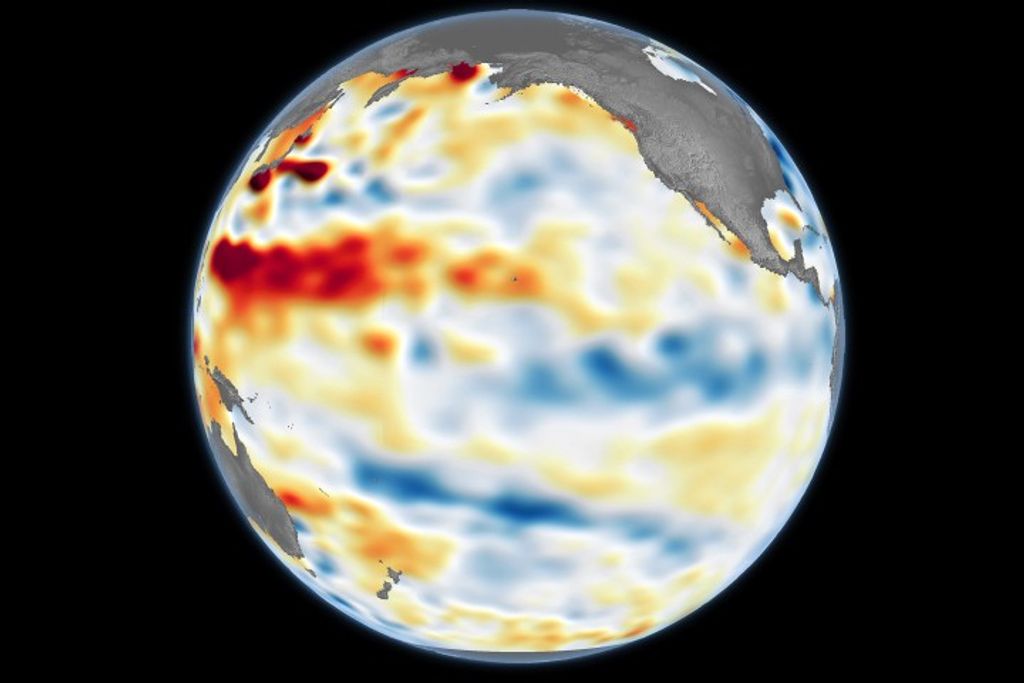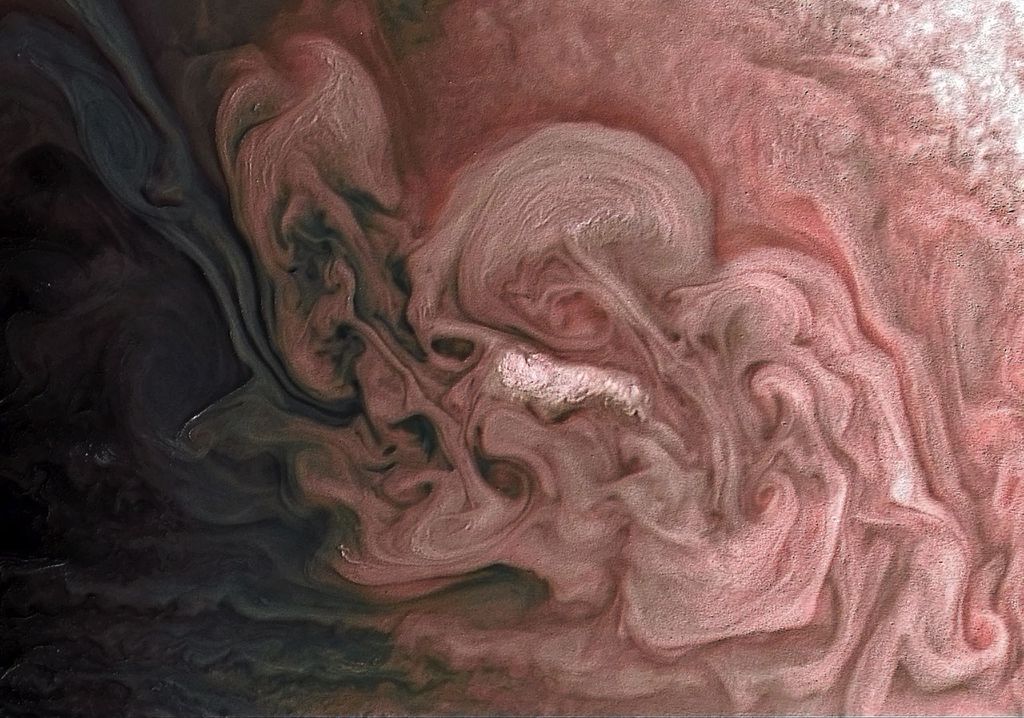1 min read
Distant Galaxy Clusters

This NASA Hubble Space Telescope image reveals one of the faintest and probably farthest clusters of galaxies ever seen. The cluster contains about 30 very faint objects which are unusually small and compact in appearance. (The larger objects are foreground galaxies located in a separate galaxy cluster four billion light-years away). These lumpy spots do not appear to resemble the elliptical and spiral galaxies of today. The objects might not be separate galaxies but rather sites of strong star formation embedded within primordial galaxies which are too faint to be seen in this HST exposure.
The colors of these objects (measured with the Mount Palomar 200-inch telescope), place the cluster at a distance of at least seven billion light-years (redshift z > 1.)
The cluster may be even farther if it is associated with a quasar (located near the left edge of the frame) which has a measured distance of ten billion light-years ( redshift z = 2.055).
Though the superposition of the cluster objects and the quasar could be a coincidence, both are so unusual they probably all are members of the same cluster, at the same distance. If so, then this corresponds to the early epoch of galaxy formation, about ten billion years ago.
The image was taken with HST's Wide Field/Planetary Camera in Wide Field Camera mode, and required a 6-hour exposure.
- Release DateDecember 1, 1992
- Science ReleaseNASA’s Hubble Space Telescope Peers Far Back in Time to Uncover the Secrets of Galaxy Evolution
- CreditPhoto Credit: Alan Dressier, Carnegie Institution, and NASA Co-Investigators: Augustus Oemler (Yale University), James E. Gunn (Princeton University), Harvey Butcher (the Netherlands Foundation for Research in Astronomy).
Related Images & Videos

A Cluster of Galaxies Four Billion Light-years Away
This is a NASA Hubble Space Telescope image of a portion of a remote cluster of galaxies (CL 0939+4713) that existed when the universe was two-thirds of its present age (redshift z = 0.4). Hubble's high resolution allows astronomers to study, for the first time, the shapes of...

A "Hubble Atlas" of Ancient Galaxies
Hubble Space Telescope's high resolution allows astronomers to classify galaxies in a cluster (CL 0939+4713) that existed four billion years ago, when the universe was two- thirds of its present age. The galaxies in this mosaic are arranged according to the well-established...
Share
Details
Last Updated
Aug 17, 2025
Contact
Media
Claire Andreoli
NASA’s Goddard Space Flight Center
Greenbelt, Maryland
claire.andreoli@nasa.gov





























